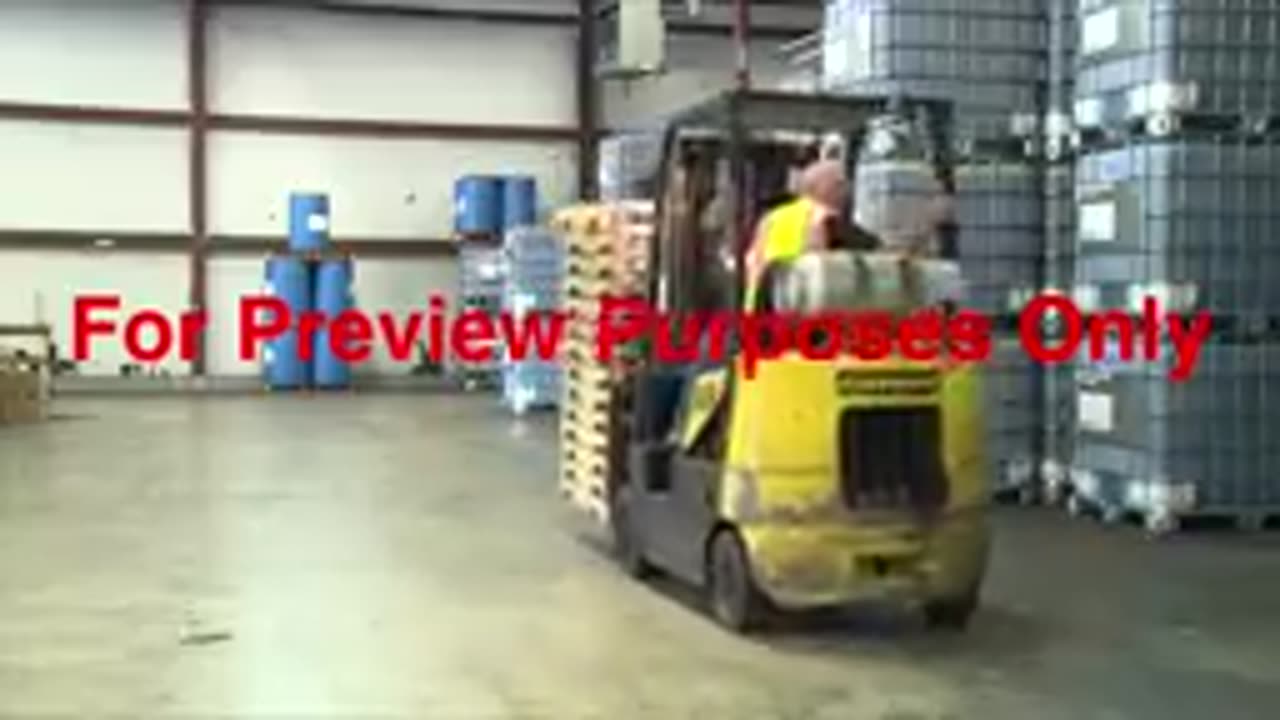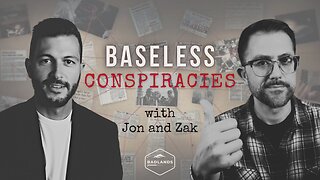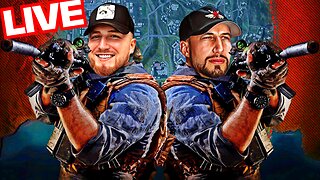Premium Only Content

Forklift Safety Video - OSHA Training for Forklift Operators
Here’s a detailed outline for an **OSHA Forklift Safety Training Video** designed for forklift operators. This content can be structured into a video script, training module, or instructional guide.
---
# **Forklift Safety Training Video**
### **Presented by SafetyVideos.com**
**Title:** **"Forklift Safety: OSHA Training for Forklift Operators"**
**Purpose:**
To train forklift operators on OSHA safety regulations, proper operating procedures, and workplace hazard prevention to ensure safety and compliance.
---
## **1. Introduction**
### **Why Forklift Safety Matters**
- Forklifts are powerful tools but can be dangerous if mishandled.
- Each year, forklift accidents cause injuries, fatalities, and property damage.
- OSHA standards exist to ensure safe operations and minimize risks.
---
## **2. OSHA Requirements for Forklift Safety**
- **Operator Certification:**
- Only trained and certified individuals may operate forklifts.
- Certification involves formal instruction, practical training, and evaluation.
- **Workplace-Specific Training:**
- Operators must be trained on the specific conditions and forklifts in their workplace.
- **Reevaluation:**
- Operators must be reevaluated every three years or after accidents/near misses.
---
## **3. Forklift Types and Basic Components**
- Overview of common forklift types (e.g., counterbalance, reach trucks, pallet jacks).
- Key components:
- Mast
- Carriage
- Forks
- Overhead guard
- Load backrest
---
## **4. Pre-Operation Inspection**
- **Daily Inspections Checklist:**
- Tires: Check for wear and damage.
- Controls: Ensure all controls function properly.
- Forks and Mast: Inspect for cracks, bends, or other damage.
- Fluid Levels: Check fuel, oil, and hydraulic fluid.
- Lights and Horn: Verify they are working correctly.
---
## **5. Safe Forklift Operation**
### **a. General Safety Rules**
- Wear appropriate PPE (e.g., hard hat, safety shoes, high-visibility vest).
- Always wear the seatbelt if the forklift is equipped with one.
- Never operate a forklift if you feel unwell or impaired.
### **b. Starting the Forklift**
- Conduct a pre-operation walkaround.
- Adjust seat and mirrors for proper visibility.
- Sound the horn before starting the forklift.
### **c. Driving the Forklift**
- Keep forks low to the ground while traveling.
- Operate at safe speeds; avoid sharp turns or sudden stops.
- Always keep a clear view of your path—use a spotter if necessary.
---
## **6. Load Handling and Stability**
### **a. Understanding Load Capacity**
- Never exceed the forklift’s load capacity.
- Check the load data plate for capacity information.
### **b. Proper Loading Techniques**
- Ensure the load is centered and balanced.
- Tilt the mast back slightly when lifting to secure the load.
- Never raise or lower loads while moving.
### **c. Load Stability Triangle**
- Explanation of the stability triangle and how a shift in load can cause a tip-over.
---
## **7. Workplace Hazards and Avoidance**
- **Common Hazards:**
- Uneven or slippery surfaces.
- Narrow aisles and tight corners.
- Pedestrian traffic.
- Overhead obstacles.
- **Best Practices:**
- Use horns and warning signals to alert others.
- Follow marked routes and obey traffic signs.
- Maintain safe distances from edges, ledges, and ramps.
---
## **8. Emergency Situations**
### **a. If a Forklift Tips Over**
- Stay inside the cab; do not jump out.
- Brace yourself by holding the steering wheel firmly and leaning away from the direction of the tip.
### **b. In Case of Fire or Accident**
- Shut off the forklift.
- Evacuate the area if necessary.
- Report the incident immediately to the supervisor.
---
## **9. Maintenance and Reporting**
- **Daily Maintenance Tips:**
- Keep forklifts clean and free of debris.
- Report any damage or malfunctions immediately.
- Never attempt to repair a forklift unless you’re qualified.
---
## **10. Knowledge Check**
- Include a short quiz to reinforce key concepts, such as:
- Pre-operation inspections.
- Load capacity calculations.
- Emergency procedures.
---
## **11. Closing and Certification**
- **Final Message:**
- Safe forklift operation is critical for protecting yourself and those around you.
- Always follow OSHA regulations and workplace-specific rules.
- **Certification:**
- Participants will receive a Forklift Operator Certification upon successful completion of the training program.
---
### **Key Takeaway Message**
**"Forklift safety starts with you—be alert, be prepared, and always operate responsibly."**
---
Would you like me to expand this into a full video script, provide visuals for a presentation, or create quizzes for the training?
-
 1:36:05
1:36:05
Side Scrollers Podcast
15 hours agoStreamer ATTACKS Men Then Cries Victim + Pronoun Rant Anniversary + More | Side Scrollers
63.9K2 -
 LIVE
LIVE
Lofi Girl
2 years agoSynthwave Radio 🌌 - beats to chill/game to
266 watching -
 42:55
42:55
Stephen Gardner
1 day ago🔥Trump’s SURPRISE Move STUNS Everyone - Democrats PANIC!
56.1K110 -
 1:37:19
1:37:19
Badlands Media
13 hours agoBaseless Conspiracies Ep. 148: The Delphi Murders – Secrets, Setups, and Cover-Ups
30.4K15 -
 5:59:05
5:59:05
SpartakusLIVE
7 hours ago#1 MACHINE Never Stops The GRIND || LAST Stream UNTIL Friday
132K1 -
 28:36
28:36
Afshin Rattansi's Going Underground
1 day agoDoug Bandow: ENORMOUS DAMAGE Done to US’ Reputation Over Gaza, Trump ‘Easily Manipulated’ by Israel
19.7K29 -
 2:45:13
2:45:13
Barry Cunningham
13 hours agoCBS CAUGHT AGAIN! CHICAGO A MESS! LISA COOK IS COOKED AND MORE LABOR DAY NEWS!
96.7K48 -
 6:39:17
6:39:17
StevieTLIVE
7 hours agoMASSIVE Warzone Wins on Labor Day w/ Spartakus
23.6K1 -
 10:46:42
10:46:42
Rallied
13 hours ago $13.15 earnedWarzone Challenges w/ Doc & Bob
193K4 -
 3:26:25
3:26:25
Joe Donuts Live
6 hours ago🟢 Lost in Space with My Clones: The Alters Adventure Begins
32K4